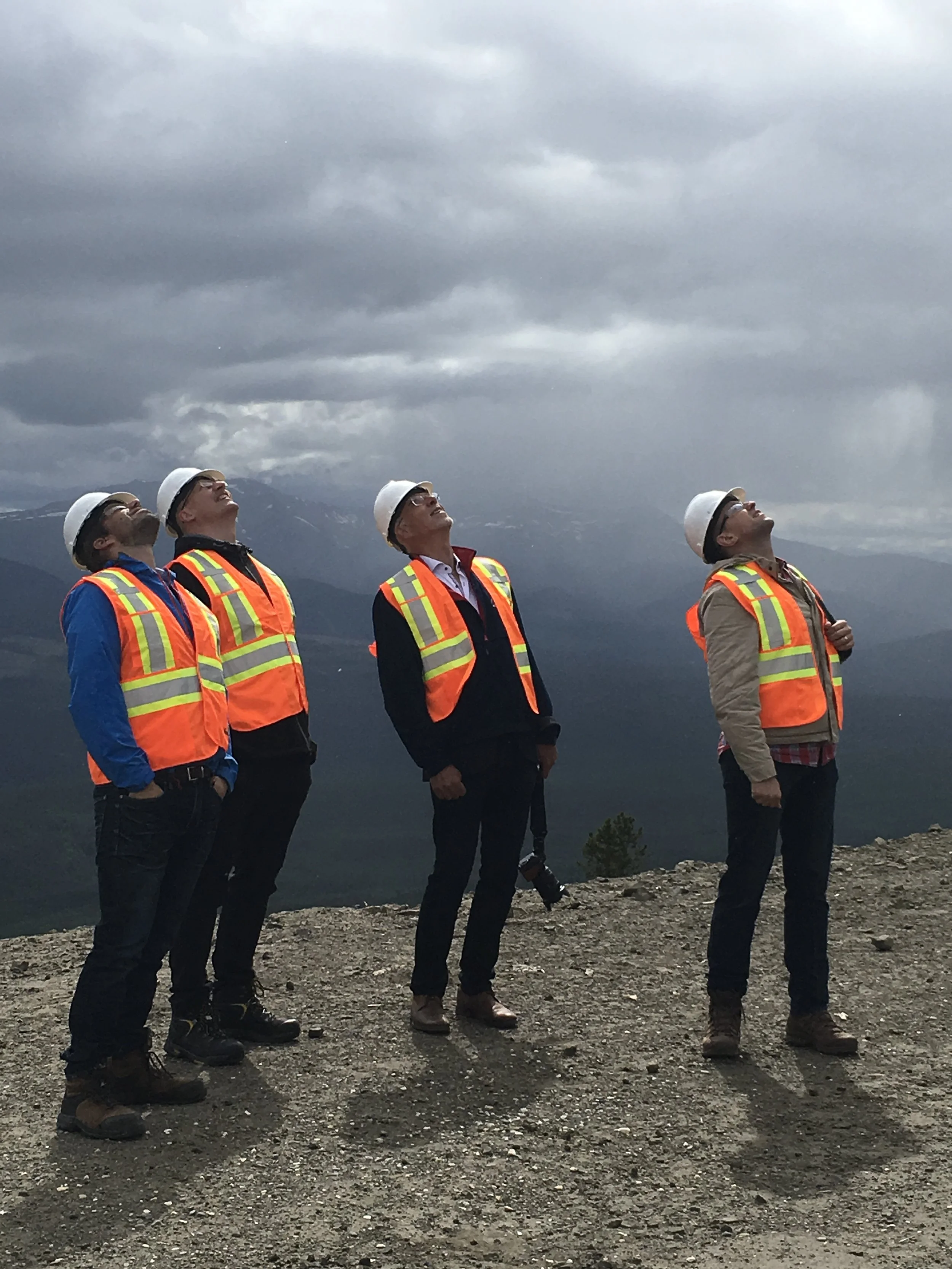ROCKY POINT WIND

The challenge.
Most of Vancouver Island’s energy needs are met by energy produced off Island, with only about 20% produced on Island. Current peak energy demand on Vancouver Island is about 2,200 MW and growing fast. There are only three power lines supplying the Island. There is no spare capacity. The infrastructure and energy dependency issues leave Southern Vancouver Island’s First Nations and communities vulnerable to power disruptions and failures.
New, unprecedented global, national, and provincial challenges are emerging; these reveal an even greater need for local energy independence and economic autonomy for First Nations in British Columbia. These include climate change impacts and greenhouse gas emission target commitments - resulting in accelerated renewable energy mandates.
There are also emerging power demands, such as electrification of natural gas processing; compute and cloud services for the nascent ai industry; and growing populations.
Development of green fuel facilities could occur - if there were sufficient power available. Energy shortages on Vancouver Island today are preventing the development of green industries, stymying the development and flourishing of people and communities, and preventing Canada from securing global leadership as a green fuel innovator.
Rapidly confounding the existing situation is trade war escalation by the US. There is uncertainty around status quo electricity trading schemes, to sell BC green energy in times of surplus and to buy US electricity in times of shortage; as well as uncertainty around the Columbia River Treaty and future commitments of the US on ~1,100 MW firm power from the Columbia River dams. Economic/employment uncertainty will be potentially widespread from impacts on other industries in BC due to tariffs etc., such as aluminum production, forestry, mining and agriculture.
This constellation of problems accelerates the urgency to move toward energy independence and economic autonomy for First Nations on Southern VI.
Toward solutions
British Columbia possesses vast renewable energy potential, and in particular - world class wind energy.
The geography, terrain and climate of BC - relative to the electrical infrastructure in the province - creates a few, key locations that have optimal conditions for near-term development of wind energy.
The southern-most tip of Vancouver Island, including the military site at Rocky Point receives significant wind with a high capacity factor. Rocky Point combines a deep sea port access immediately adjacent to the wind site, minimizing development and site environmental impacts. The site is close to the 138Kv transmission line servicing Southern Vancouver Island, enabling grid interconnection. The site could accommodate a significant number of turbines. The size will be determined as a result of ongoing consultations. Aeolis Wind has been involved with site assessment and wind analysis since 2010.
Site, interconnect and construction studies could begin immediately; with FID (Final Investment Decision) in 2026; EPC (Engineering, Procurement and Construction) initiating in 2026; and COD (Commercial Operation Date) in 2028.
The Rocky Point site represents a singularly unique opportunity. Decisive and impactful forward momentum toward energy independence and economic autonomy is within reach for local First Nations.




